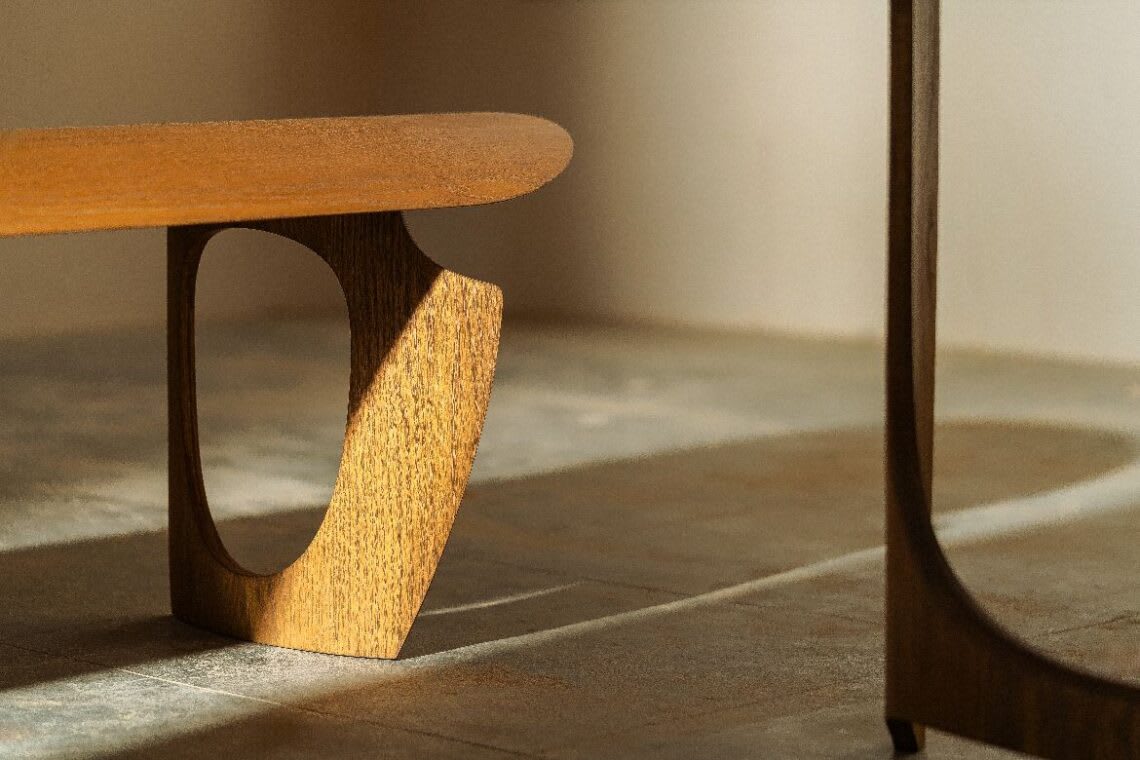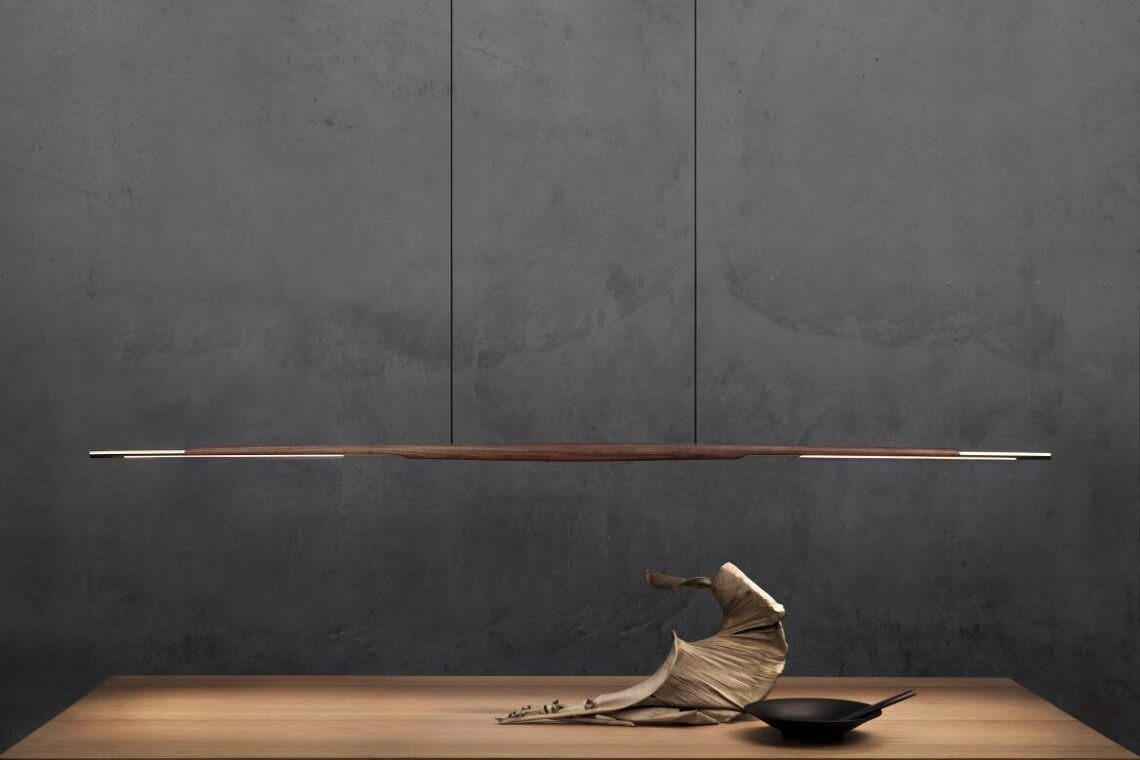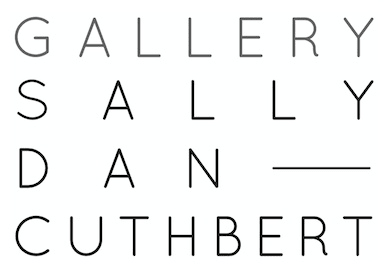Architect, designer and craftsman Adam Markowitz bridges the worlds of architecture and fine furniture, blending precision, generosity and advocacy to strengthen Australia's craft and design community.
As an expert designer/maker, Adam Markowitz is a leading light of the Australian architecture and design community. Named, along with Simeon Dux, as the winner of The Object category at the 2025 INDE.Awards for A Cabinet of Curiosities, Markowitz's craft is precise and deeply considered - qualities honed well before he established his eponymous practice in 2015.
Now, a decade later, Adam Markowitz Design stands as a force in both designing and making. While his focus remains on furniture, lighting and accessories, this talented creative is also an architect of growing repute. Over the years, numerous accolades have recognised his work - including this year's INDE.Awards - and his love of craft and woodworking continues to shine brightly.
Having trained as an architect, Markowitz discovered an enduring passion for furniture design, pursuing further study both in Australia and abroad. The pull of timber and the tactile satisfaction of creating objects drew him toward making, yet his architectural background continued to inform his approach. Today, Adam Markowitz Design operates across two interconnected streams: residential architecture and the design and making of furniture and lighting.
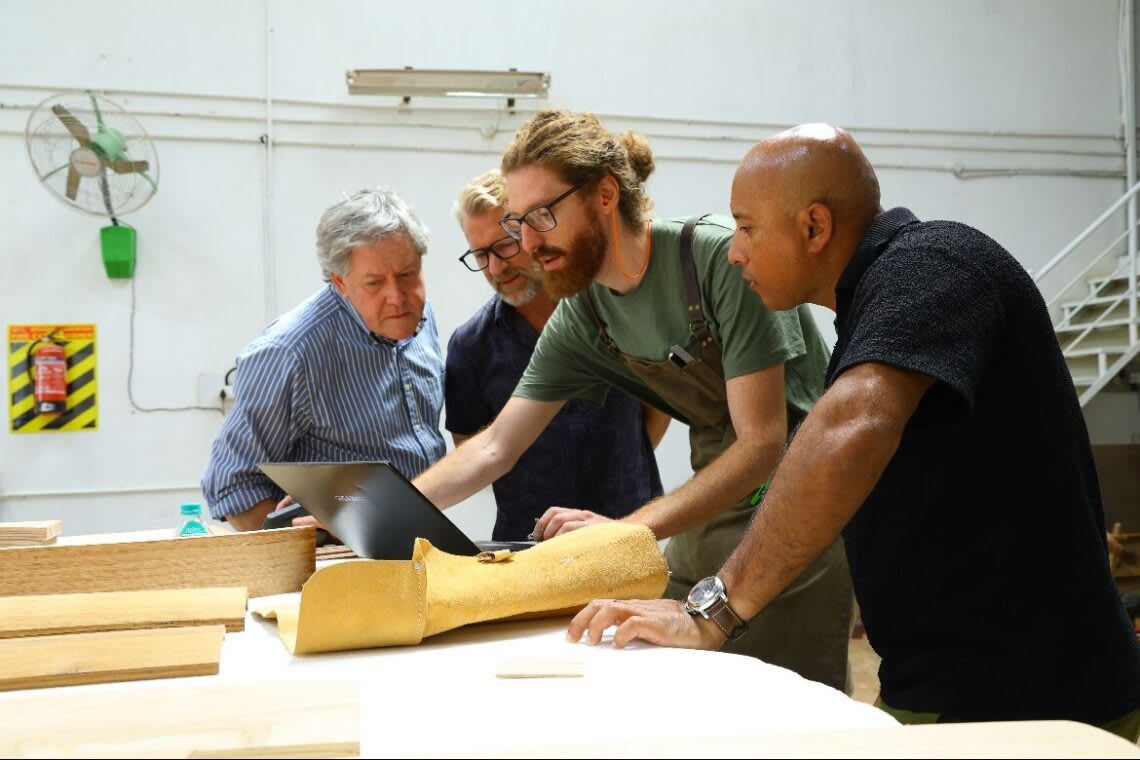
"When I initially conceived what I was doing, it was very much objects made with my own hands," says Markowitz. "That was what I wanted to do. And I would say that that has evolved over time. I still find I want to be making with my own hands and a lot of my design philosophy revolves around that dialogue between the hand and the mind. One of my frustrations with architecture is that you're so removed from the construction process. You design a home, then it gets priced, then built and then all of the on-site work happens after the tender process. As a furniture maker, you're both of those people. So, there's a short circuit there where the designing is informing the making and vice versa."
Few small furniture designers can claim that products created more than a decade ago are still bestsellers, yet Markowitz's Fred Table and Assegai Pendant Light remain as fresh and in-demand as ever. With their fine lines and pared-back simplicity, both pieces exemplify timeless design - beautifully crafted, functional and adaptable across interiors.
In 2025, Markowitz has achieved a rare equilibrium in his practice: architecture sustains his passion for craft, providing the freedom to design and make. His residential commissions are increasingly ambitious and complex and each new home presents an opportunity to craft bespoke furniture within - alongside works from other makers. Yet, he remains candid about the challenges facing craftspeople in Australia.
"If I'm to be perfectly honest, it's a much more sustainable career as an architect," he admits. "The reality is that I see the people working hard in my workshop - as I'm the Vice President of the Victorian Woodworkers Association - and we have industry assessments of woodworkers. It's really, really difficult to make money as a professional woodworker at the moment. If you look at the quality of architectural work in Australia, it's incredible. The cost of construction to build some of these homes is huge and there's so much room for crafts to be supported. We have all these beautiful houses being built, but the makers are struggling."

Generosity is one of Markowitz's defining qualities. He consistently credits the expertise of his peers and supports fellow craftspeople through promotion and collaboration. His partnership with Simeon Dux on A Cabinet of Curiosities - winner at this year's INDE.Awards - exemplifies this ethos of mutual respect and shared artistry.
Life remains busy for Markowitz, with a growing number of projects and partnerships. He is currently collaborating with Indian practice Phantom Hands on a new collection supported by the American Hardwood Export Council (AHEC). Other projects include a major commission along Victoria's Great Ocean Road, developed through roundtable workshops with Kane Constructions, Traditional Owners, the Eastern Maar Aboriginal Corporation and Development Victoria.

There is also the collaboration with glass artist Ruth Allen, which produced the wall sconce Kindling for the 100 LIGHTS exhibition at Melbourne Design Week. The piece received a Highly Commended accolade at the prestigious Clarence Prize in Tasmania this year.
An iteration of Kindling has since been developed for architect John Wardle, who has long supported Australian craftspeople. The larger version has been specified for the private dining room of chef Hugh Allen's new restaurant, Yiaga. Wardle's approach to integrating craft within architecture aligns perfectly with Markowitz's own, fostering a grassroots design ecosystem that includes talents such as Jon Goulder, Edward Linacre and Vivienne Wong.

Currently, Markowitz is designing a large residential project in Merricks North, where he hopes to unite architecture, furniture and lighting within a single commission. His vision includes incorporating his own designs, along with pieces by Simeon Dux, Raven Mahon and traditional hand-cut stone masonry by Cam Freedom of Peninsula Stone Masons.
From modest beginnings, even before establishing his studio, Adam Markowitz has been a trailblazer - bridging the disciplines of architecture and object making. With both streams thriving, his advocacy for the craft sector remains central. He is deeply committed to ensuring that designers and makers have sustainable pathways to pursue their work.
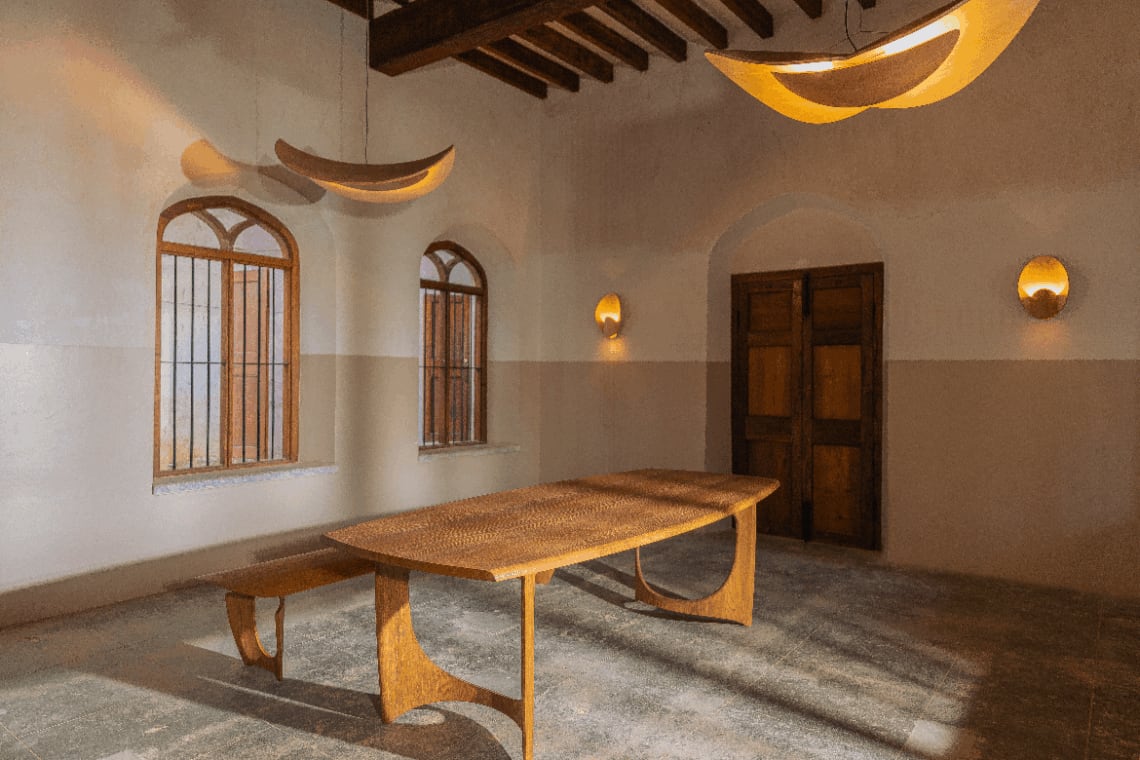
Olive Gill-Hille is an emerging artist from Western Australia who is quickly becoming recognised for her work in native timbers. Gill-Hille pursues the expressive potential of objects, drawing on gesture and the human body, to transform timber - a traditionally static material - into involved and unconventional works of art.

